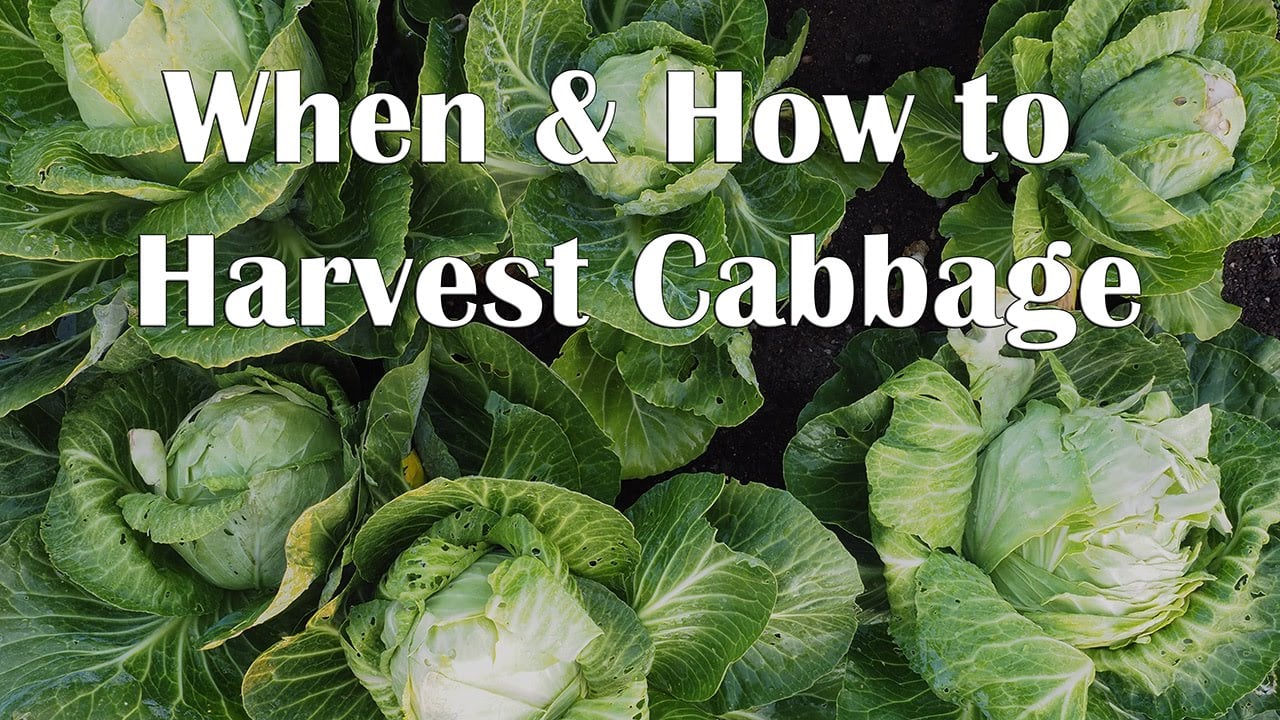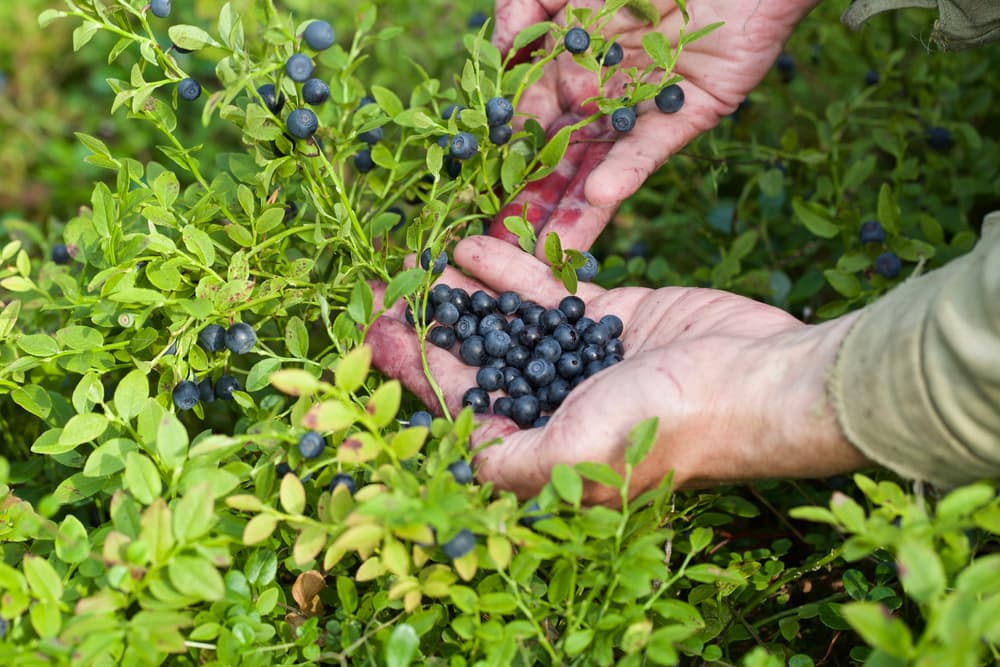How to Harvest Carrots And When Are They Ready?

Table of Contents
Knowing when to harvest carrots is crucial to ensure that they are at their peak in terms of flavour, texture, and nutrition. Harvesting carrots too early can result in small and underdeveloped roots, while harvesting them too late can cause them to become woody and less palatable.
Additionally, the timing of carrot harvest can have an impact on their storage life. If harvested at the right time, carrots can be stored for several months without losing their flavour or nutritional value. Therefore, understanding when carrots are ready for harvest is essential for farmers and home gardeners alike to ensure a bountiful and delicious crop.
In this article, we will be covering the ideal time for harvesting carrots. The topics like factors affecting the growth of carrots, signs of carrot maturity, and certain harvesting techniques will be covered and explained.
Indicators of Carrot Maturity
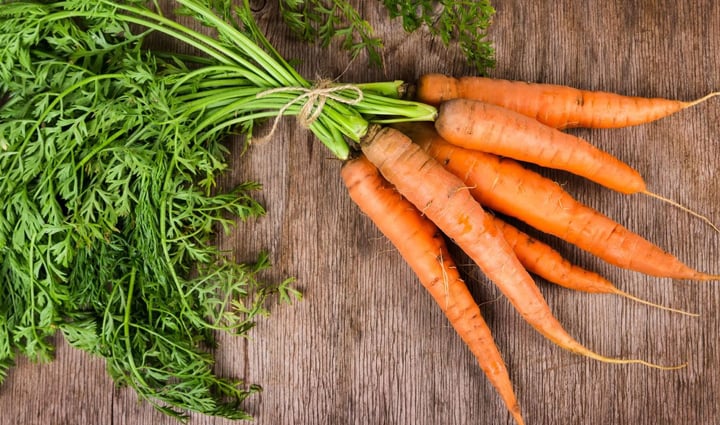
Once carrots are fully matured, they are ready to be harvested. It is important to harvest carrots at the appropriate maturity stage for the best flavour and texture. Indicators of carrot maturity can be observed in the size, colour, and texture of the vegetable. In addition to size and colour, the leaves of the carrot plant will start to wither and turn brown as the carrots mature. Another indicator of carrot maturity is sweetness. We will discuss every indicator in detail.
1. Carrot Size and Shape
The size and shape of a carrot can provide important clues about its maturity. Generally, the longer and thicker a carrot is, the more mature it is likely to be. However, the shape of a carrot can also be an indicator of its maturity. When carrots are young, they are typically more slender and have a tapered shape. As they mature, they become thicker and more cylindrical. When carrots are mature, they are typically 6-8 inches long.
2. Color and Texture of Carrot
As carrots mature, they become firmer and less tender, with a denser texture. The texture of mature carrots can be described as crunchy, with a slightly fibrous quality. In terms of colour, mature carrots tend to be a deep orange colour, indicating their high beta-carotene content. It is important to harvest carrots at the appropriate maturity stage for the best texture and flavour.
3. Growth of Foliage
As carrots mature, their foliage begins to wilt and turn yellow or brown. In some cases, the foliage may completely die back before the carrot is harvested. This is a natural part of the plant’s life cycle and indicates that the carrot is fully mature. However, it is important to note that the foliage alone is not a reliable indicator of maturity, as environmental factors and growing conditions can also impact the growth of the foliage.
Harvesting Techniques
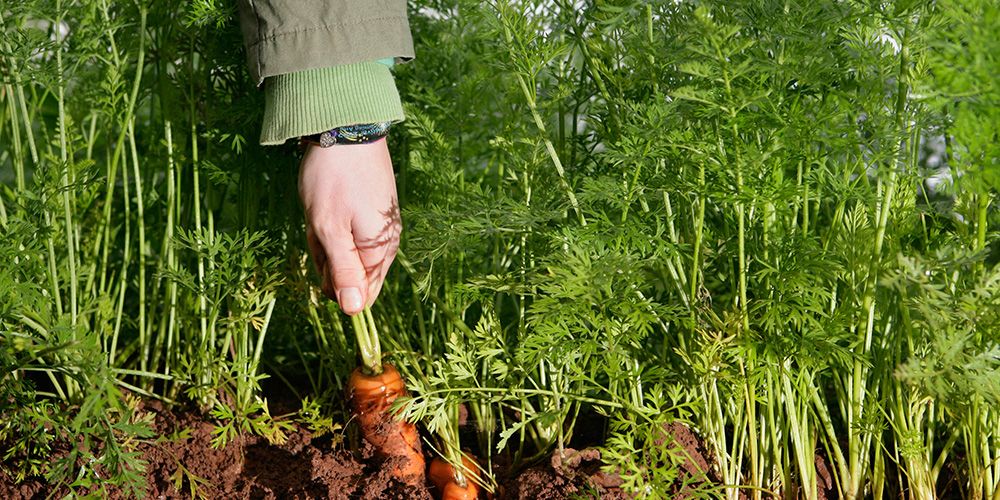
Proper harvesting techniques help to ensure a longer shelf life and better storage conditions for the harvested carrots. The most common harvesting technique for carrots involves using a garden fork or shovel to loosen the soil around the base of the plant gently, then grasping the carrot by the foliage and pulling it out of the ground. Other techniques, such as hand digging or using a mechanical harvester, may also be used depending on the size of the crop and the available resources.
1. Preparation for Harvesting
After getting the maturity indicators of carrots, they are ready for harvesting. There is a proper technique to go about it. You need to loosen the soil around the carrots. This ensures that they are not damaged when you pull them. It may also be helpful to water the soil around the carrots prior to harvesting to help soften it and make it easier to work with.
2. Tools and Equipment
It is important to have the necessary tools and equipment on hand for the harvest, such as a garden fork or shovel, a container for collecting the harvested carrots, and gloves to protect the hands during the process. With proper tools, harvesting carrots can be a rewarding and successful experience.
- 【READY FOR GIFT GIVING】 - Grow your plants with elegance. Functional yet elegant, this garden...
- 【WOODEN HANDLE】 - The gardening tools feature a sturdy construction and thick steel components...
- 【ADD VINTAGE TOUCH TO YOUR GARDEN】 - Together with matching garden gloves, floral design with...
- Product 1: Richly coloured, high in natural sugars
- Product 1: Chentanay type, bred for heavy and poor soils
- Product 1: Excellent source of Vitamin A and Antioxidants
3. Harvesting Methods
There are several methods for harvesting carrots, depending on the size of the crop and the available resources.
Hand Harvesting: This method involves using a garden fork or shovel to loosen the soil around the base of the carrot carefully, then grasping the foliage and gently pulling the carrot out of the ground. It allows for the greatest level of control and precision but can be time-consuming for large crops.
Mechanical Harvesting: This method involves using a specialized machine to uproot the carrots and collect them in a bin. This method is faster and more efficient than hand harvesting but may result in more damage to the carrots and is typically only used for larger commercial operations.
4. Proper Handling and Storage of Harvested Carrots
Proper handling and storage of harvested carrots is crucial for maintaining their quality and extending their shelf life. Some points to remember for proper handling and storage of harvested carrots are listed below.
- After harvesting, the carrots should be gently brushed or rinsed to remove any excess dirt or debris, being careful not to damage the skin.
- The foliage of carrots should be trimmed to about 1 inch above their crown.
- The carrots should then be stored in a cool, dark place with high humidity to prevent them from drying out.
- Keep checking the stored carrots for signs of decay, and remove any affected carrots immediately to prevent them from spoiling the rest of the batch.
Factors that Affect the Growth and Development of Carrots
Carrots are a cool-season crop that is relatively easy to grow. However, their growth and development can be influenced by different factors. Understanding the factors that affect carrot growth is essential for farmers and gardeners alike to ensure a bountiful and healthy crop. Some of the key factors that can influence carrot growth and development include soil conditions, climate, water availability, sunlight, pests and diseases, and the variety of carrots being grown. By taking these factors into consideration, growers can optimize the growth and development of their carrot crops and achieve the best possible results.
1. Soil Conditions
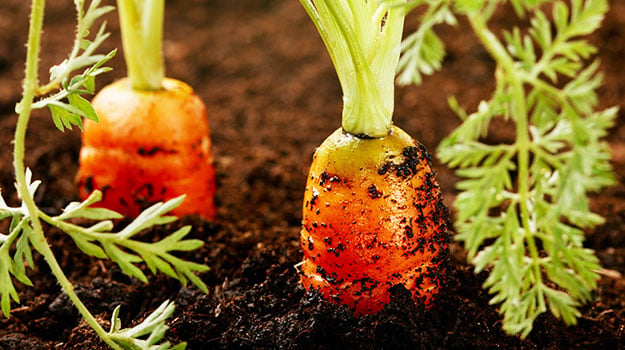
Carrots require well-draining, loose, and fertile soil for optimal growth and development. The ideal soil type for growing carrots is sandy loam, which provides good drainage and allows the roots to grow straight and deep. The soil should also be rich in organic matter, such as compost or aged manure, to provide the nutrients that carrots need to grow healthy and strong. Additionally, the soil pH should be between 6.0 and 7.0, which is slightly acidic to neutral, as carrots are sensitive to soil acidity. Heavy clay soils, or compacted soils, can cause the roots of carrots to become deformed. To prepare the soil for growing carrots, it is recommended to loosen the soil and remove any rocks, weeds, or debris. Amending the soil with compost or aged manure can help improve its quality and fertility.
- 3-IN-1 Soil Testing Kit: Testing soil moisture, pH value and sunlight level of plant with our soil...
- INDOOR & OUTDOOR USE: Design to be lightweight and portable, easy to carry around for outdoor use,...
- EASY TO USE: No batteries needed, just insert the sensor probe into the soil about 2-4 inches,...
2. Climatic Conditions
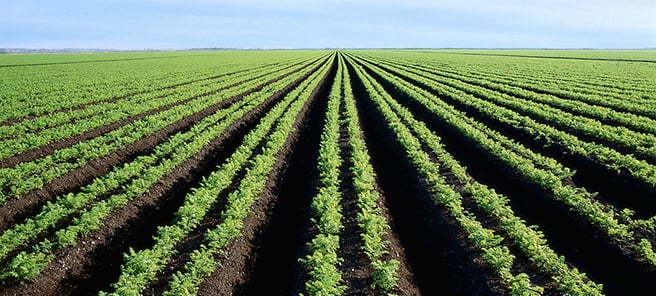
Carrots are a cool-season crop that prefers moderate temperatures between 15°C and 20°C for optimal growth. They can tolerate some frost. However, prolonged exposure to extreme cold can damage the crop. Additionally, carrots require at least 6 to 10 hours of sunlight per day to grow healthy and produce good yields. High temperatures above 27°C can cause the roots to become woody and the plant to bolt or go to seed prematurely, which can reduce the quality of the crop. Therefore, growers in hot climates should try to provide shade to the carrots during the hottest part of the day or plant them in partial shade. Adequate moisture is also important for carrot growth, but care should be taken not to overwater, which can cause the roots to become waterlogged and rot.
3. Fertilization

Fertilization is important for growing carrots as it provides the necessary nutrients for the crop to grow healthy and produce good yields. Before planting, it is recommended to amend the soil with organic matter, such as compost or aged manure, to provide a slow-release source of nutrients. Carrots are particularly sensitive to excess nitrogen, which can cause the roots to fork or become hairy, so it is important to avoid over-fertilization with nitrogen. A balanced fertilizer with a ratio of 5-10-10 or 10-20-20 can be applied at planting time or after thinning to provide additional nutrients.
4. Watering

Adequate watering is crucial for growing carrots, as they require consistent moisture to develop properly. During the growing season, carrots should receive about 1 inch (2.5 cm) of water per week. If the weather is dry or hot, additional watering may be necessary. However, overwatering should be avoided as it can cause the roots to become waterlogged and prone to rot. It is best to water deeply and less frequently rather than shallowly and frequently, as this encourages the roots of carrots to grow deeper and become stronger. Drip irrigation can be used to provide consistent and even moisture to the soil without getting the leaves wet, which can cause disease.
Enjoy Your Delicious Carrots!
Successful carrot harvesting requires careful attention to the growth and development of the plant, as well as proper harvesting techniques and post-harvest handling. By paying attention to key factors such as soil quality, climate conditions, and watering practices, growers can help ensure that their carrots develop properly and are ready for harvest at the right time.
Using indicators such as carrot size, shape, colour, and foliage growth, growers can determine when their carrots are mature and ready for harvesting.
Finally, with proper harvesting techniques and handling practices, growers can ensure that their carrots are of the highest quality and are stored properly to maintain freshness and flavour.
With these tips and recommendations, growers can enjoy a bountiful and successful carrot harvest.
Frequently Asked Questions (FAQs)
How Often Do Carrots Need to Be Watered?
Carrots, when young, should be watered regularly, and they require an inch of water per week. This ensures that they receive adequate moisture to grow properly. The frequency of watering carrots will depend on various factors such as the climate, soil type, and age of the plants.
Do Carrots Need Fertilisers?
Carrots can benefit from fertilisers, especially if the soil they are grown in is lacking in nutrients. However, it’s important to use fertilisers specifically formulated for carrots to avoid over-fertilising, which can result in poor-quality crops. A balanced fertiliser with a ratio of 5-10-10 or 10-20-20 can be applied to them.
Which Season Do Carrots Grow In?
Carrots are cool-season vegetables that typically grow best in the spring and fall, although they can be grown during the summer in cooler climates. For European varieties of carrots, October to November is an ideal time. They require at least 3 to 4 months of cool weather to mature.
What Is the Soil Condition of Carrots?
Carrots prefer loose, well-draining soil that is free from rocks and debris that can obstruct root growth. The soil should be slightly acidic to neutral with pH 6.0 to 7.0 and rich in organic matter. Sandy loam soil is best suited for growing carrots.
How Long Do Carrots Take to Grow?
Carrots typically take between 55 to 80 days from seed sowing to maturity, although this can vary depending on the variety and growing conditions. It’s important to monitor the size and quality of the carrots as they grow, as leaving them in the ground too long can result in tough or woody roots.





